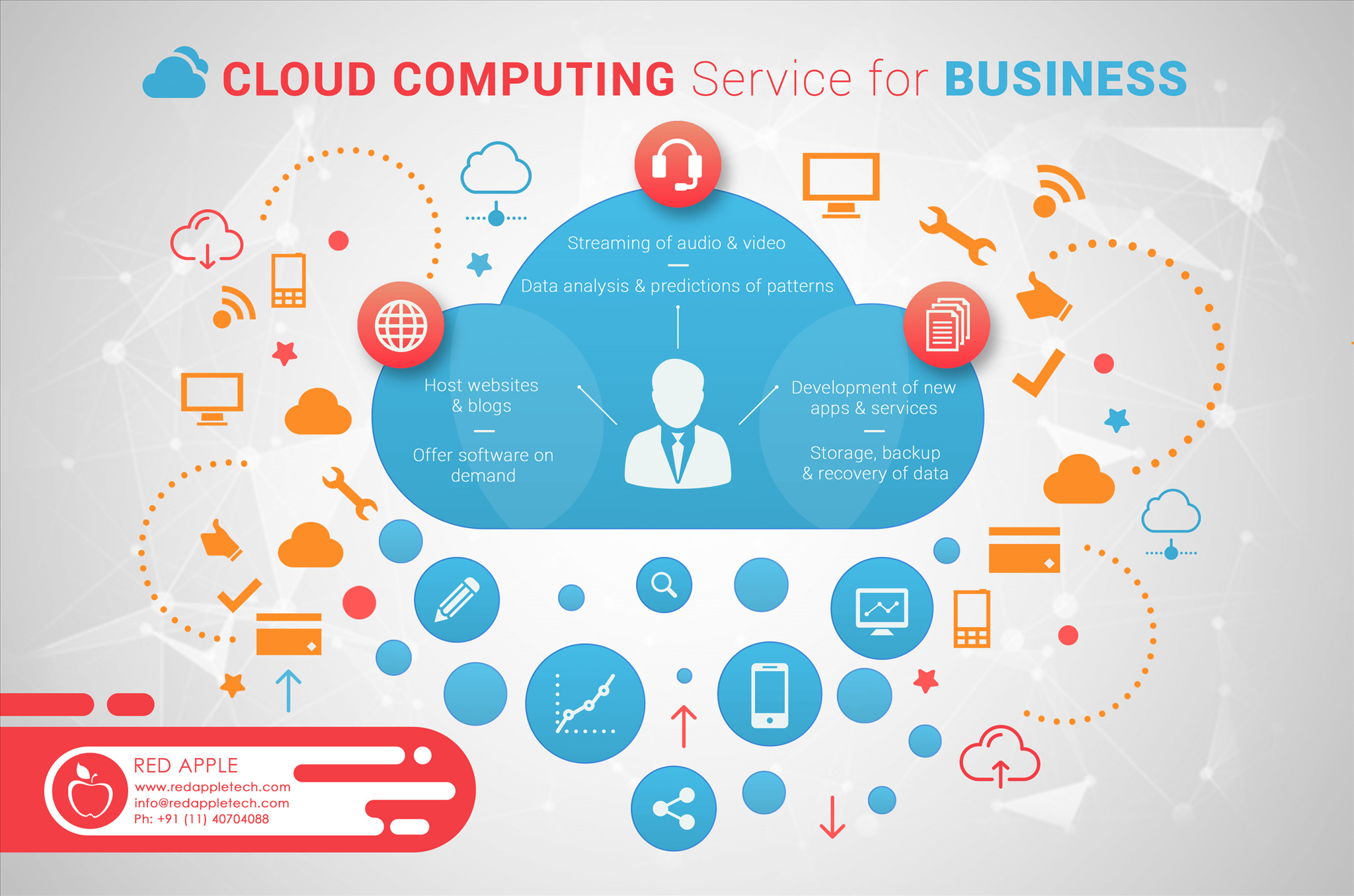Discover LinkDaddy Cloud Services for Universal Cloud Service Success: Press Release Insights
Simplify Your Facilities With Cloud Services
As organizations navigate the ever-evolving landscape of innovation and data monitoring, the function of cloud solutions in streamlining facilities has ended up being significantly noticeable. The attraction of structured processes, enhanced performance, and boosted resource allocation via cloud options is indisputable. Nonetheless, the journey towards a more cost-effective and agile IT facilities includes greater than just migrating to the cloud. It calls for a strategic method and a deep understanding of the subtleties of cloud adoption. So, just how can companies effectively browse this change and truly open the capacity of cloud solutions for simplifying their framework?
Benefits of Cloud Solutions
Cloud solutions provide a structured strategy to managing IT facilities, giving businesses with scalability, adaptability, and cost-efficiency. One of the key benefits of cloud solutions is the scalability they provide. Businesses can conveniently scale their resources up or down based upon need, guaranteeing they just pay for what they use. This versatility is especially useful for businesses with rising and fall requirements or those experiencing growth.
Additionally, cloud solutions eliminate the need for organizations to purchase pricey equipment and software. This cost-efficiency is a significant advantage, specifically for small to medium-sized enterprises wanting to minimize upfront costs. By utilizing cloud services, organizations can access high-quality IT sources without the large price tag linked with standard infrastructure configurations.
Furthermore, cloud services supply companies with the versatility to access their information and applications from anywhere with a web link. This degree of ease of access boosts cooperation amongst groups, enables remote work, and boosts overall performance. The adaptability provided by cloud solutions encourages organizations to adapt rapidly to transforming market conditions and client needs.
Price Financial Savings and Scalability
Along with the functional advantages highlighted previously, the combination of cloud services into a business's infrastructure comes up with considerable cost financial savings and boosted scalability. Cloud solutions use a pay-as-you-go design, allowing businesses to scale resources up or down based on present needs, thereby staying clear of the expenses linked with keeping excess capacity. This versatility enables companies to adjust quickly to rising and fall needs without incurring unnecessary expenditures.
In addition, cloud solutions remove the requirement for in advance financial investments in software and hardware, decreasing capital investment. Operating costs are additionally minimized as companies no much longer require to manage and preserve physical servers, leading to reduced power intake and IT staffing costs. In addition, cloud solutions provide automatic updates and maintenance, guaranteeing that the facilities remains current and safe and secure without requiring manual interventions.
Boosted Protection Procedures
Applying rigorous protection steps is critical when incorporating cloud solutions right into a business's facilities to make certain and safeguard sensitive information compliance with market guidelines. Cloud service companies offer enhanced security attributes such as information file encryption, firewall program security, and multi-factor verification to minimize cybersecurity dangers. Security helps protect data both at rest and en route, guaranteeing that only authorized individuals can access delicate details. Firewall softwares serve as a barrier between interior networks and external dangers, surveillance and regulating outward bound and incoming network traffic. Multi-factor verification adds an extra layer of security by needing users to provide numerous types of verification before accessing the cloud services.
Additionally, regular protection audits and conformity evaluations help determine susceptabilities and make sure adherence to market criteria. Companies can likewise take advantage of features like automatic protection updates and real-time risk monitoring offered by cloud service carriers. By prioritizing safety and security steps and remaining positive in attending to possible threats, businesses can with confidence leverage cloud solutions while securing their useful data from unauthorized gain access to or violations.
Transitioning to Cloud Framework
To successfully integrate cloud solutions right into a company's framework, an organized technique that deals with the shift towards cloud-based options is necessary. Transitioning to shadow facilities includes careful preparation and implementation to make certain a smooth movement procedure. The very first step is to examine the existing facilities and identify which systems and applications are suitable for migration to the cloud. This assessment ought to think about aspects such as information level of sensitivity, compliance demands, and efficiency needs.
Once the analysis is full, a movement approach should be developed. This approach must outline the timeline, resources, and responsibilities for relocating each element to the cloud. It is vital to communicate this plan plainly to all stakeholders to guarantee positioning and minimize disturbances during the transition.
During the movement testing, process and tracking are important to recognize and attend to any kind of problems without delay. Normal checkpoints need to be established to track development and make necessary modifications. In addition, training for staff members on utilizing cloud services should be supplied to make sure an effective shift and take full advantage of the benefits of the new facilities.
Best Practices for Cloud Adoption
Successful adoption of cloud services hinges on the calculated positioning of organization purposes with technological abilities and business preparedness. To guarantee a smooth transition to the cloud, companies ought to start by conducting a detailed assessment of their present click facilities and determining which workloads are best matched for cloud migration. It is essential to include vital stakeholders from various divisions in the decision-making process to acquire buy-in and deal with any issues beforehand.
An additional finest practice for cloud fostering is to prioritize security and conformity. Organizations needs to carefully evaluate the safety measures provided by cloud company and make sure that their data is shielded according to market criteria and check my source governing requirements. Carrying out durable data encryption, access controls, and regular security audits can assist minimize risks linked with cloud adoption.

Verdict

As businesses browse the ever-evolving landscape of technology and data management, the function of cloud services in streamlining framework has ended up being increasingly prominent - linkdaddy cloud services. Just how can businesses properly navigate this transition and absolutely unlock the possibility of cloud solutions for simplifying their infrastructure?
Cloud services use a structured strategy to managing IT facilities, providing organizations with adaptability, cost-efficiency, and scalability. By using cloud services, organizations can access premium IT resources without the large rate tag associated with conventional facilities setups.
To guarantee a smooth transition to the cloud, organizations need to begin by carrying out a thorough analysis of their current facilities and recognizing which work are see this page best suited for cloud movement.